
They create copper bas-reliefs respecting the techniques of the traditional trade of the goldsmith...
Meet this craftsmanOld Bridge Area of the Old City of Mostar: A settlement established as an urban structure in the 15th century on the crossing of a river and a land road was...Read more
...originally located in a valley of the Neretva River, between Hum Hill and the foot of the Velež Mountain. The current name, Mostar, derived from "mostari" - the bridge keepers. The historic town of Mostar developed in the 15th and 16th centuries as an Ottoman frontier town and during the short Austro-Hungarian period in the 19th and 20th centuries. Mostar has been long known for its old Turkish houses and the Old Bridge – Stari most, an extraordinary technological achievement of bridge construction. The historic part of Mostar is a result of interaction between the natural phenomena and human creativity throughout a long historical period. The essence of centuries-long cultural continuity is represented by the universal synthesis of life phenomena: the bridge and its fortresses – with the rich archeological layers from the pre-Ottoman period, religious edifices, residential zones (mahalas), arable lands, houses, bazaar, its public life in the streets and water. Architecture here presented a symbol of tolerance: a shared life of Muslims, Christians and Jews. Mosques, churches, and synagogues existed side-by-side indicating that in this region, the Roman Catholic Croats with their Western European culture, the Eastern Orthodox Serbs with their elements of Byzantine culture, and the Sephardic Jews continued to live together with the Bosniaks-Muslims for more than four centuries. A specific regional architecture was thus created and left behind a series of unique architectural achievements, mostly modest by physical dimensions, but of considerable importance for the cultural history of its people. The creative process produced a constant flow of various cultural influences that, like streams merging into a single river, became more than a mere sum of the individual contributing elements. In the 1990 conflict, however, most of the historic town and the Old Bridge were destroyed. The Old Bridge was rebuilt in 2004 and many of the edifices in the Old Town were restored with the contribution of the international scientific committee established by UNESCO. The Old Bridge Area, with its pre-Ottoman, Eastern Ottoman, Mediterranean and Western European architectural features, is an outstanding example of a multicultural urban settlement. The reconstructed Old Bridge and Old City of Mostar are symbols of reconciliation, international cooperation and the coexistence of diverse cultural, ethnic and religious communities. For all these reasons, it was included in the UNESCO World Heritage list in 2005.

They create copper bas-reliefs respecting the techniques of the traditional trade of the goldsmith...
Meet this craftsman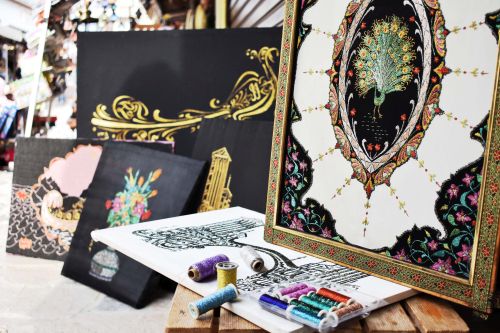
The special technique of embroidering is rooted in traditional embroidery of this craftsman...
Meet this craftsman
Revitalises traditional copper craftsmanship through the production of new artistic objects...
Meet this craftsman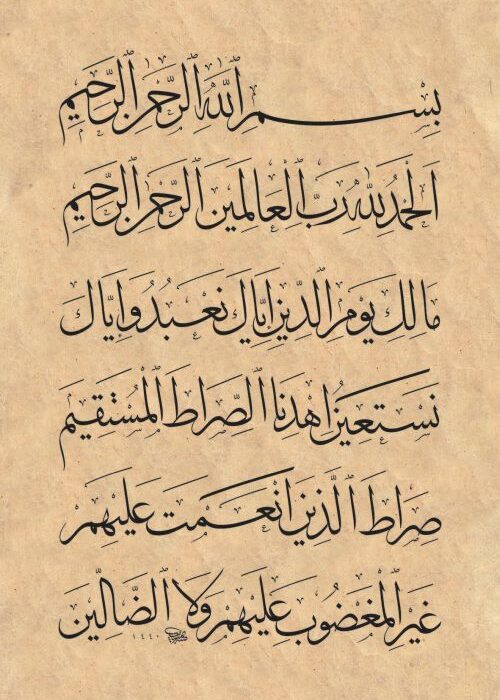
The association organises calligraphy and ornament courses in order to revive this art...
Meet this craftsman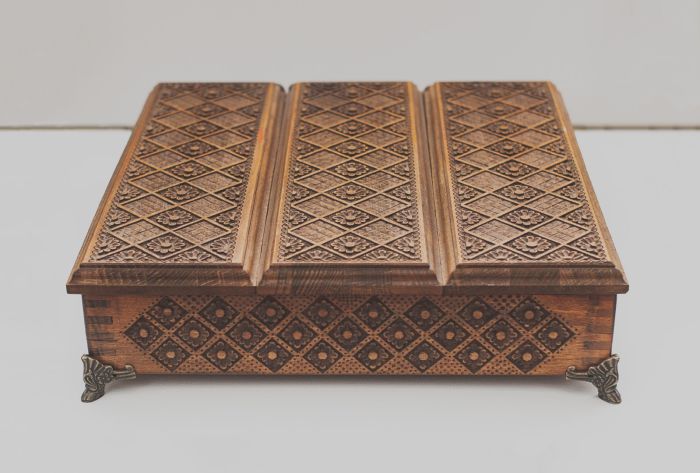
They are dedicated to the handicraft manufacture of wooden articles inspired by the decorative motifs of traditional...
Meet this craftsman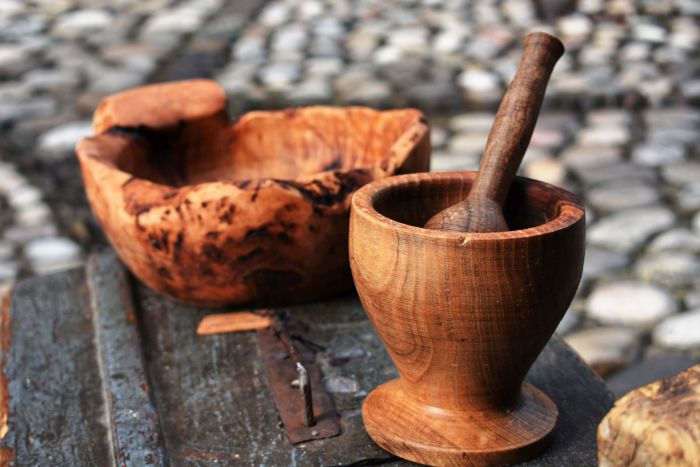
The artist represents local traditions and culture in unique wooden artefacts....
Meet this craftsman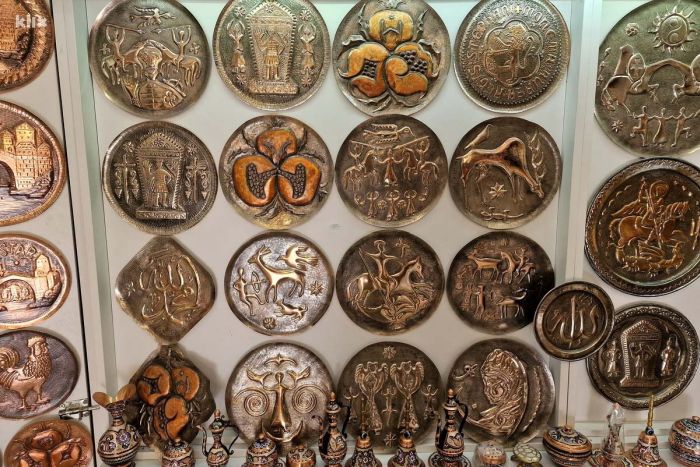
The ornaments are handcrafted in order to preserve the traditional art of handcrafting copper in Mostar....
Meet this craftsman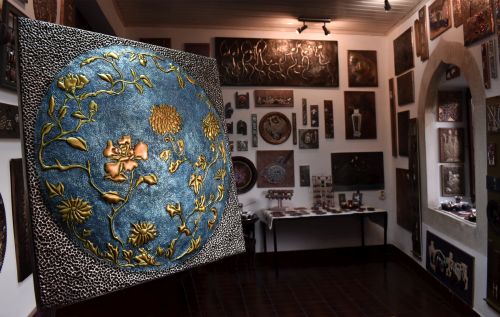
The work of this studio is deeply rooted in the tradition of Mostar and Bosnia and Herzegovina,...
Meet this craftsman